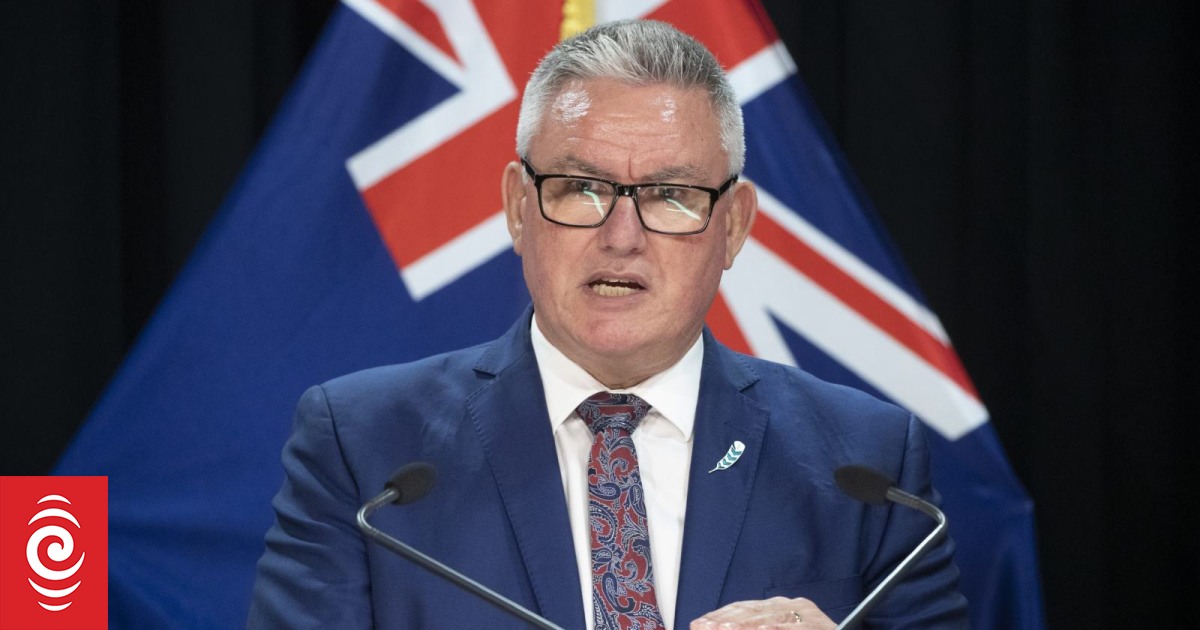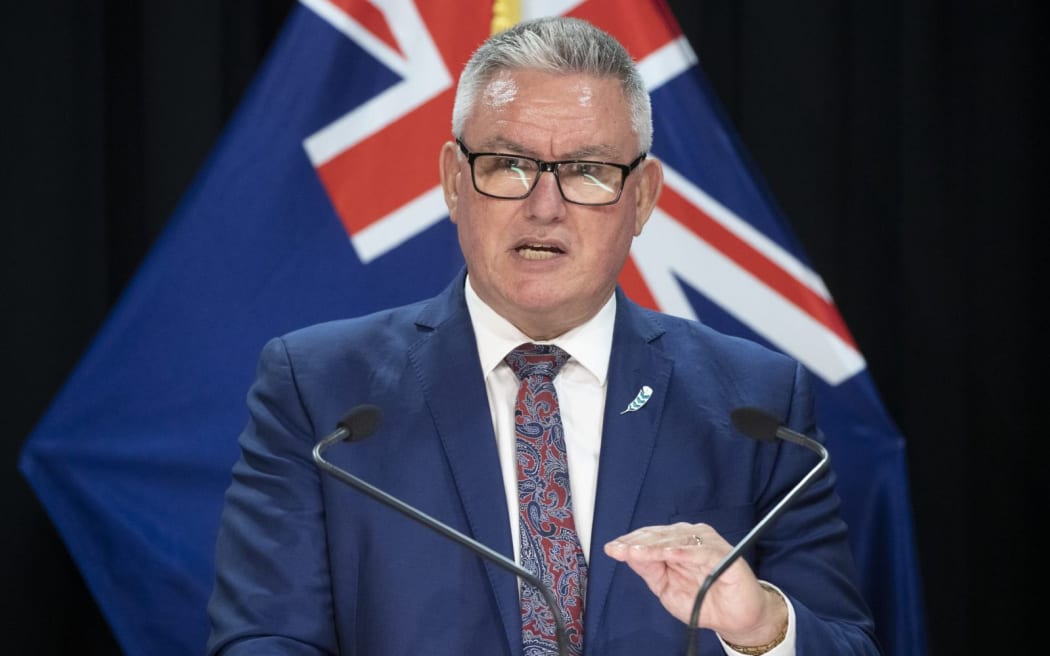
Te Tai Tokerau MP Kelvin Davis.
Photo: NZME
Te Tai Tokerau MP Kelvin Davis says Northlanders should not expect gold-plated fixes for the region’s Cyclone Gabrielle-ravaged roads.
His comments come as Prime Minister Chris Hipkins this week told Tairāwhiti residents his government would fix the district’s cyclone-ravaged roads and do whatever was needed to find the funding to do so when he visited this week.
Davis would not be drawn on whether the government would similarly pay for Northland’s roading repairs, in the wake of the Prime Minister’s funding promise.

“I am not the minister of finance. Everything costs money. There are wants and there are needs. First thing we have to do is sort the need, the need to reopen,” Davis said.
He said people should not expect a gold-plated four lane highway as the resolution to Cyclone Gabrielle SH1 roading issues.
A fix for the region’s affected highways – and district roads – would be as simple as getting two lanes open.
“The bigger the dream, the bigger the cost,” Davis said.
“The more expensive the highway, the more people are going to have to be prepared to pay. Everything comes at a cost.”
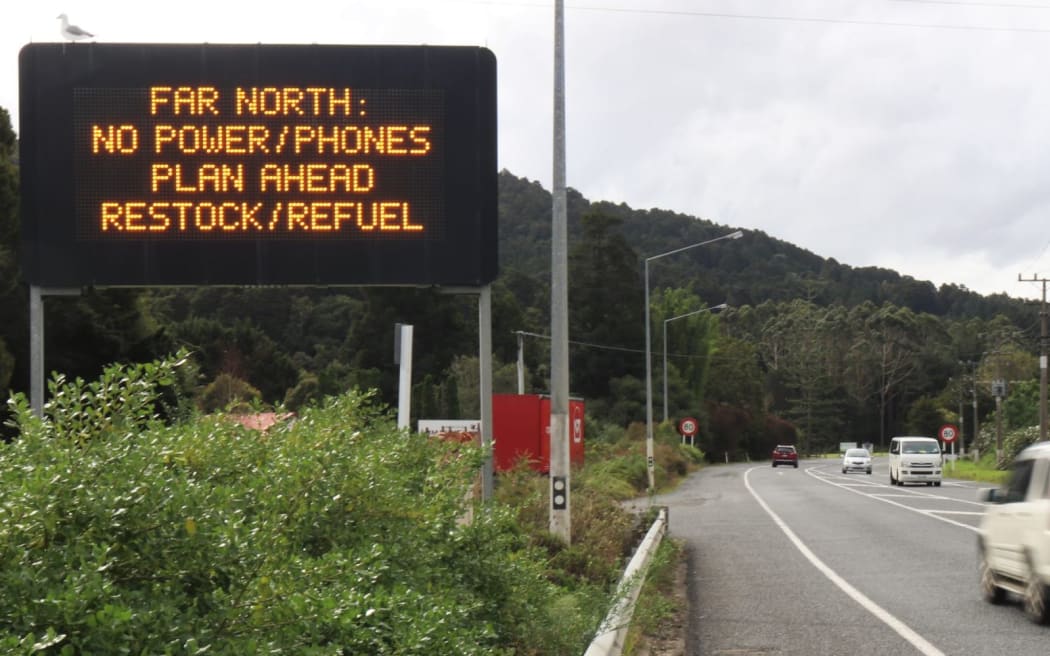
SH1 sign on Whangārei’s northern outskirts warns of Cyclone Gabrielle infrastructure impacts further north.
Photo: Michael Cunningham / Northern Advocate
The question then became who should pay for this.
The first job was getting the roading network open, initially to make sure people could travel the road from Auckland to Whangārei then Whangārei to Kaitāia.
He said there would be a spectrum of thoughts among the community about how that should happen. Some would simply want the roads open and stable, others wanting a gold-plated highway.
Te Tai Tokerau’s state highway and district roading network is becoming increasingly precarious in the face of Cyclone Gabrielle and storms wreaking havoc. Just reopened State Highway 1 over the Brynderwyns has this week shut in the wake of the cyclone’s wrath, adding to north-south travel woes through highways and more from the ongoing closure of the Mangamukas SH1 closure.
Davis said the Brynderwyns fix and reopening would be weeks or possibly longer.
This adds to the already seven-month Mangamukas closure after heavy August rains.
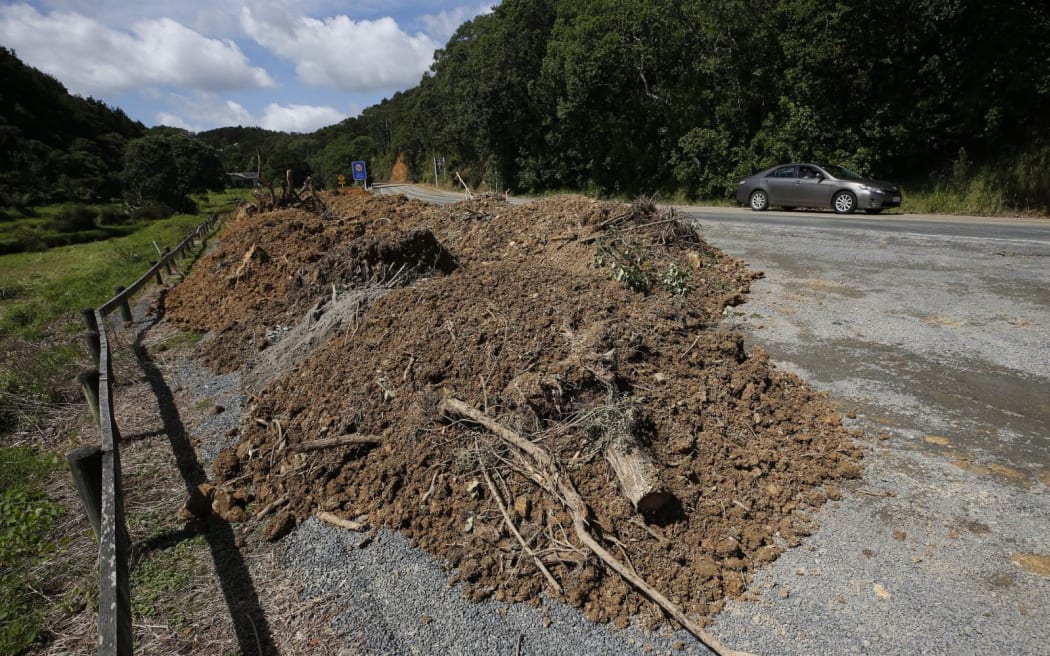
Cleared slip on Cove Road, an alternate route into Northland after Cyclone Gabrielle closed SH1 over the Brynderwyns.
Photo: Michael Cunningham / Northern Advocate
Davis said the Mangamukas’ geology was the worst for SH1 road building in New Zealand. Waka Kotahi was working to fix the road’s slips and shore up other areas they had concerns about, but that was going to take some time. In some cases, it was not just about fixing the road, it was about fixing whole hillsides.
He said Cyclone Gabrielle had initially cut access into and out of Northland. It had created a messy situation with the SH1 Brynderwyns alternates Oakleigh-Paparoa Rd inundated and Cove Rd through Waipū and Mangawhai impacted. SH12 and SH14 had also been closed with flooding. There had been intermittent closures on SH1 on Dome Valley between Auckland and Whangārei throughout the week too and challenges for the alternate SH16.
Davis tried to drive from Kaitāia to Dargaville earlier this week to visit after Cyclone Gabrielle, but had been unable to reach the Kaipara town because of flooding at Tangiteroria.
He said major conversations about resilience into the future would need to be had after that.
“We have to do what we have to do in order to make sure these networks are resilient and sustainable,” Davis said.
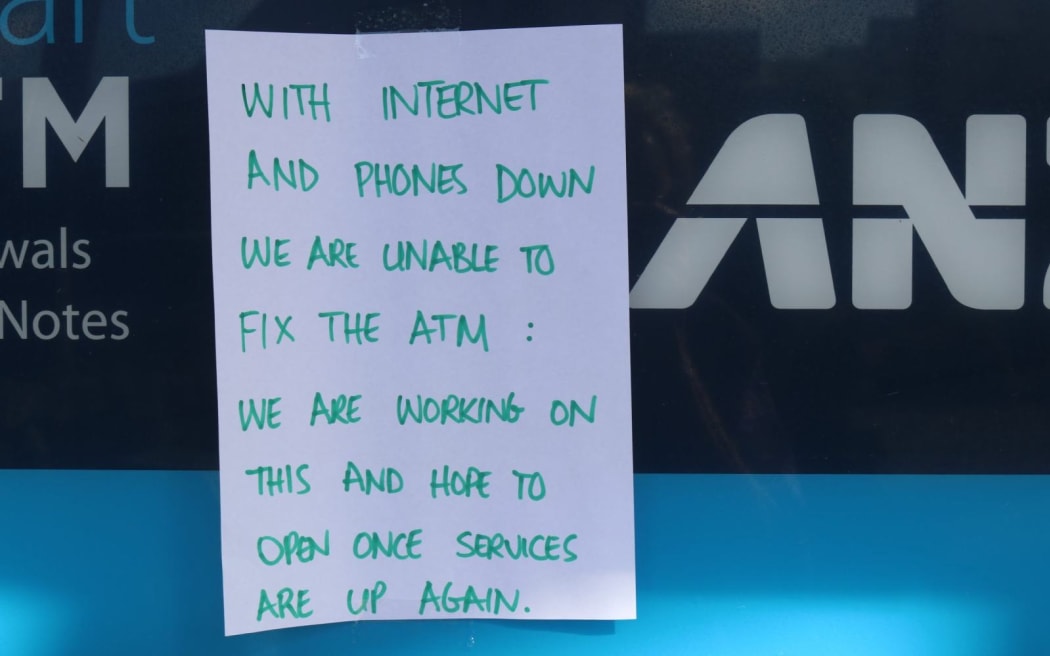
A sign of the times in Kerikeri earlier this week when Cyclone Gabrielle power cuts hit.
Photo: Peter de Graaf / Northern Advocate
Davis said another of the region’s key networks – telecommunications – also needed better resilience.
“It’s not about roads or communications, one more than the other. They both matter equally.”
Cyclone Gabrielle knocking out all forms of communication simultaneously out in much of Northland was unprecedented. It was not ideal that it had happened once. However, it would be unacceptable if it happened a second time.
Kaitāia Airport was one example of the risk posed by no communication options. It would have been unable to contact emergency services, should there have been an incident needing assistance on the tarmac.
“That’s unacceptable,” Davis said.
Communications technology that was not based on power would be a future consideration.
Infrastructure network resilience was also needed for Northland’s Three Waters network.
Davis said he had been concerned about Cyclone Gabrielle floodwater in the main street of Kaitāia threatening shops due to stormwater infrastructure issues.
He was similarly concerned about sewage leaks from the Kawakawa sewage treatment plant flowing into the Taumārere River and out into the Bay of Islands.
Davis said climate change would bring more cyclones like Cyclone Gabrielle and extremes of weather.
“Cyclone Gabrielle was a severe unprecedented event. The next one won’t be unprecedented.
“It’s climate change and we are witnessing it happening now. This will continue to happen.”
Northlanders and New Zealanders complaining about government efforts to address the country’s climate change impacts through the reduction of greenhouse gas emissions needed to think about their points of view.
“The government has been trying to address this and all we get is backlash,” Davis said.
Farmers needed to weigh up railing against the government asking for farm plans towards reducing emissions with having floodwaters going through their property and taking out fences and livelihoods.
Those against government incentives for people to swap to electric vehicles, through moves that included taxing diesel vehicles also needed to consider their viewpoint.
Local Democracy Reporting is Public Interest Journalism funded through NZ On Air.

